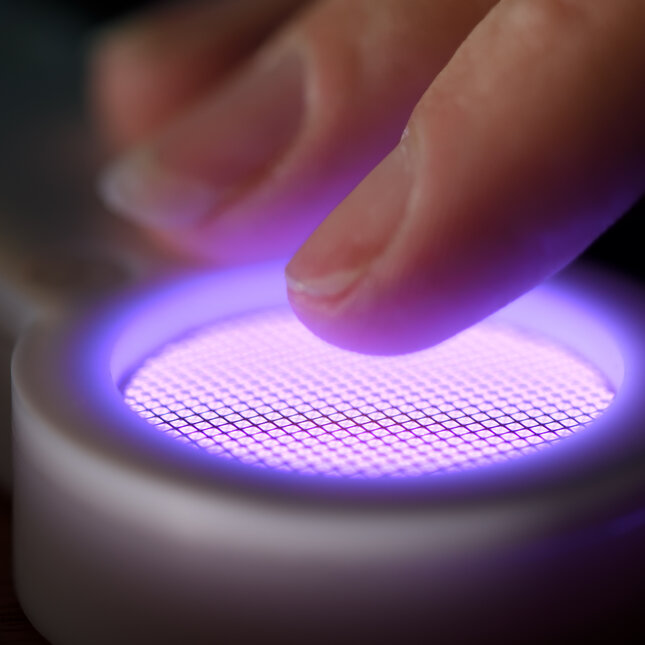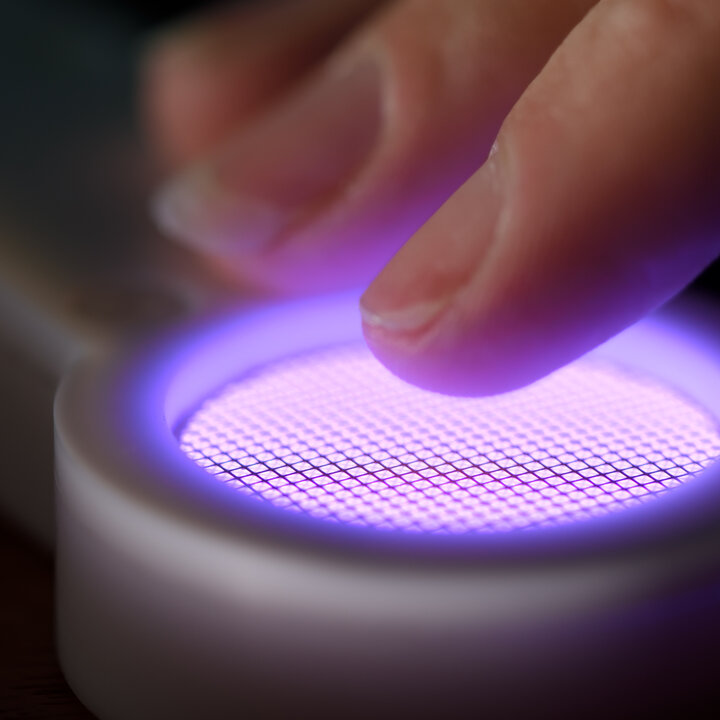
There are many types of plasma that are researched for their applications in medicine; they have in common that they can all be categorized as cold atmospheric pressure plasmas (CAPs) that do not deliver significant current to the treated surface (dielectric, culture, biofilm, tissue).
The first steps in the field of biomedical applications of cold atmospheric pressure plasmas have only been taken recently, approximately a decade ago. Yet, in this short time this field of research has rapidly grown due to incredible results CAPs have in killing bacteria of all types, deactivation of spores and fungi, in vivo studies have shown success in (chronic) wound healing, even cancer treatment in types of cancer that are resistant to chemotherapy, with minimal damage to normal (host) tissue. In addition, plasmas are being explored for other applications, such as skin rejuvenation, hair follicle treatment and similar.
In EPG we focus on all aspects of experimental research of CAPs, from fundamental to application-specific properties. In order to understand the biomedical part of the research, extensive amount of diagnostics is applied to CAPs to obtain information about virtually all plasma constituents which can potentially effect directly or indirectly living tissue. This includes radicals (OH, NO, O,...), UV radiation, electrical fields, ions and electrons. This experimental research will also yield basic physical insights in the rather exotic operating mechanisms of cold atmospheric pressure plasmas and is complemented by ongoing numerical modelling efforts. A special part of the EPG group comprised of biologists also works on biological experiments using CAPs. The work on plasmas for biomedical applications currently focuses on the following few topics.
Surface DBD for disinfection of skin
In this application-driven topic we explore the properties of a device designed in EPG aimed for disinfection of skin with minimal skin damage. The project will result in a product used in a clinical setting.
Volume DBD for healing chronic wounds
Using the treated tissue as an electrode, plasmas created in this device will feature delivery of reactive oxygen and nitrogen species as well as electrical charge to the tissue. We are currently exploring properties of the plasma produced in this device.
Plasma jet for treatment of burn wounds
The plasma-cell/wound interaction is investigated by a multi-disciplinary team of researchers including plasma physicists, microbiologist and medical doctors in collaboration with the Dutch Burn Wound Centre.
Time-resolved measurements of charge carried by a plasma bullet using the Pockels method
A fundamental topic, yet essential for any possible use of a plasma jet in biomedical applications - how much charge do we deliver to the treated surface and what consequences does this have on the biological experiments?
Real-time observation of lipid peroxidation under plasma exposure
A complex fundamental topic, researched in collaboration with other groups, and one of the key bottlenecks in the plasma medicine research. Just like working with the Pockels method, here we have to erase some of the boundaries of a single discipline and push beyond the current state-of-the-art.
The focus is on non-thermal atmospheric pressure plasmas (NTAPP), their fundamental aspects and their interaction with substrates. This is crucial for applications, as the plasmas rarely freely expand in the surrounding atmosphere - mostly they impact a material and interact with it. As NTAPPs are sensitive to their surroundings and the substrates are sensitive to plasma, it is necessary to understand the plasma and the substrate as one system and examine how they influence each other.
